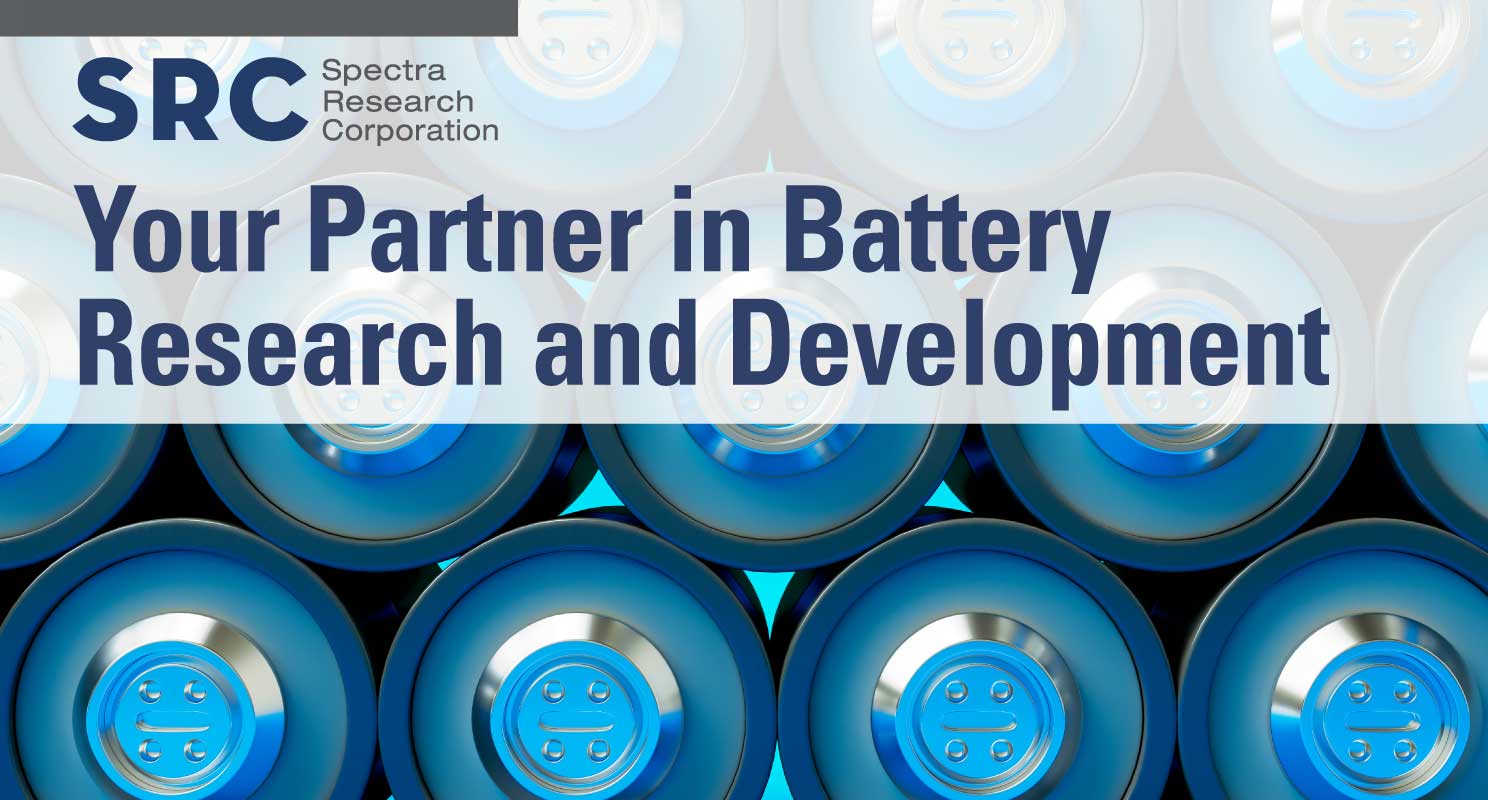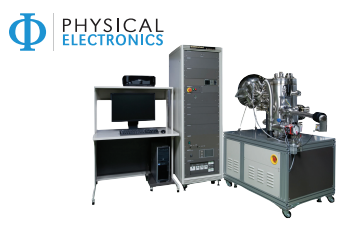 |
|

THE SUSTAINABLE GLOBAL ECONOMY RUNS ON BATTERIESAdvances in battery technologies are at the forefront of a sustainable global economy, and refinements that further reduce the cost and optimize the performance of batteries are essential. SRC, through our technology partner suppliers, provides laboratories pursuing these refinements with pivotal technologies for battery R&D and QA/QC. Please keep reading to learn more about instrumentation from SRC and our innovative suppliers. |
|
PHYSICAL ELECTRONICS |
X-ray Photoelectron Spectroscopy (XPS) from Physical Electronics (PHI) is an important tool for battery material research and development. XPS can provide insights into battery performance at realistic operating conditions, and help determine the precise location of interfaces between battery components. Electronic band structure of organic and inorganic materials can also be characterized using XPS.To learn more, click here to download the PHI XPS Battery Characterization Application Note. |



